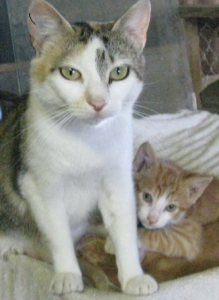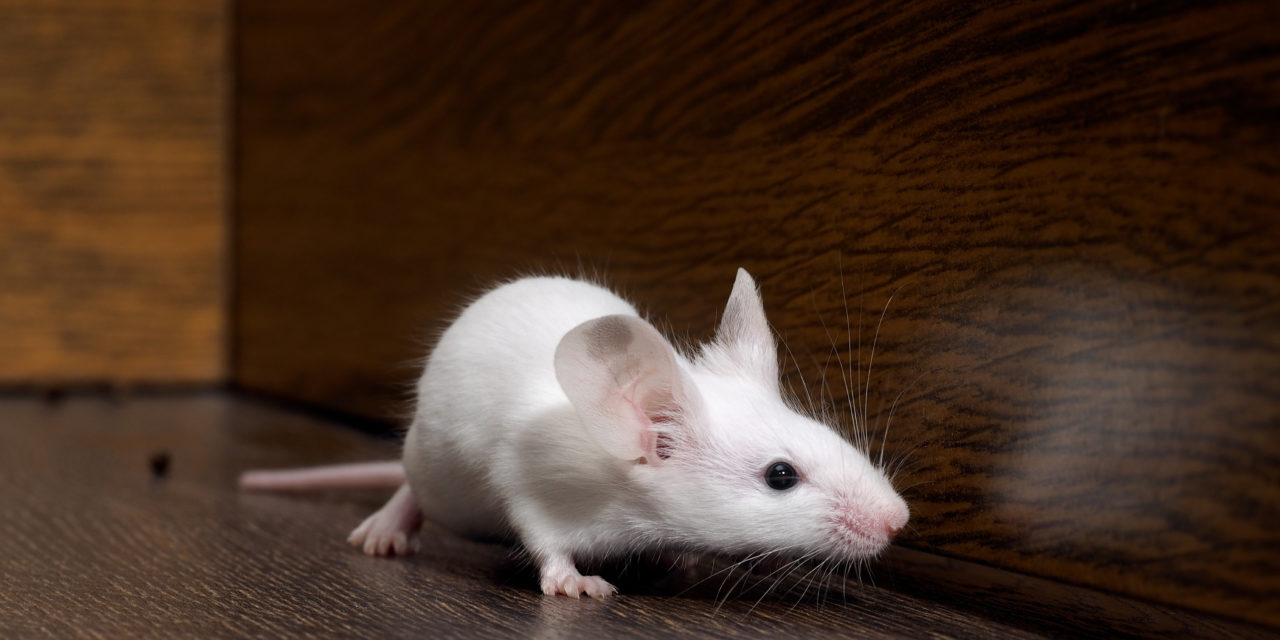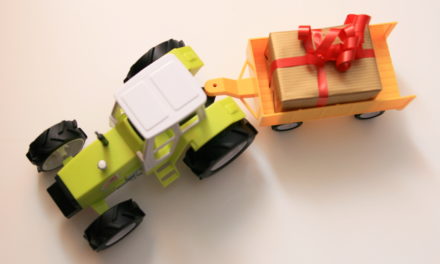Why are you squeaking, it’s just a little mouse! After some research, I discovered lots of reasons to keep this pest out of my house!
Mice are totally different in many ways from rats. You are 10 to 20 times more likely to have an infestation of mice vs. rats as mice can fit into a hole the size of a dime. They carry diseases like Hemorrhagic fever, Hantavirus, Lassa fever, Leptospirosis, plague, Rat-bite fever, Salmonellosis: the list would include over 40 diseases. Knowing that 200 human pathogens are carried by mice makes me determined to keep them outside!
Some viruses are contracted with inhaling the particles released when mouse droppings, urine and saliva are disturbed. A mouse is constantly emitting a microscopic trail of urine as they travel all over your house. Even a small amount of mouse urine can trigger allergies. When cleaning a heavy infestation it is wise to wear a respirator and gloves. This sounds extreme but if you can smell odor of mice when you stand in the room, this about how much dander you will stir up.
To control mice, first make every effort at keeping the buggers out, it’s the most successful form of control but it can be difficult to seal every crack. Concentrate on sealing opening around water pipes, vents and electrical boxes and cracks in the foundation with metal, steel wool or concrete. Make sure the sweep on your doors creates a seal against the threshold.
 One way to pin-point where mice are nesting is dusting an area with cornstarch or flour. When they come out of hiding, you will be able to spot their footprints in the fine dust. Since they never wander too far from their nests, you will now to able to set the traps or bait out more successfully. They are timid so don’t neglect to place a trap behind hiding places like couch legs and behind doors.
One way to pin-point where mice are nesting is dusting an area with cornstarch or flour. When they come out of hiding, you will be able to spot their footprints in the fine dust. Since they never wander too far from their nests, you will now to able to set the traps or bait out more successfully. They are timid so don’t neglect to place a trap behind hiding places like couch legs and behind doors.
When setting traps, use a variety of different traps at one time as mice may be wise to some traps and avoid them. Bait traps, multiple-captive live traps, glue traps and the classic wooden traps can all be found at Buchheit. Set the wooden traps out baited but unset for several days to allow the mice to get use to them. When you are ready to set the traps, tie the bait to the traps so the vermin don’t “make off with the cheese.” Since mice do not travel more than 10 to 20 feet from their nests, place traps anywhere you see signs of mice and flush to walls, with the trigger plates facing the wall. Mice are drawn towards warm houses with many places for them to hide and lots of crumbs to eat, cleaning up will help cut down on mice infestation but may not prevent them totally. Grandma Bea’s Essential oil of Peppermint can be mixed with water in a spray bottle or loaded directly onto cotton balls to keep mice out of drawers as they hate the smell of peppermint: Buchheits carries a complete line of essential oils. Think about getting a cat, a good mouser is worth their weight in gold. My cat, Sadie Sue, keeps the mouse population in check.
Mice and rats can cause destruction and disease requiring us to be diligent to prevent them. If you have any questions or a great solution to this problem, please comment.
Set your traps today! Anne May






